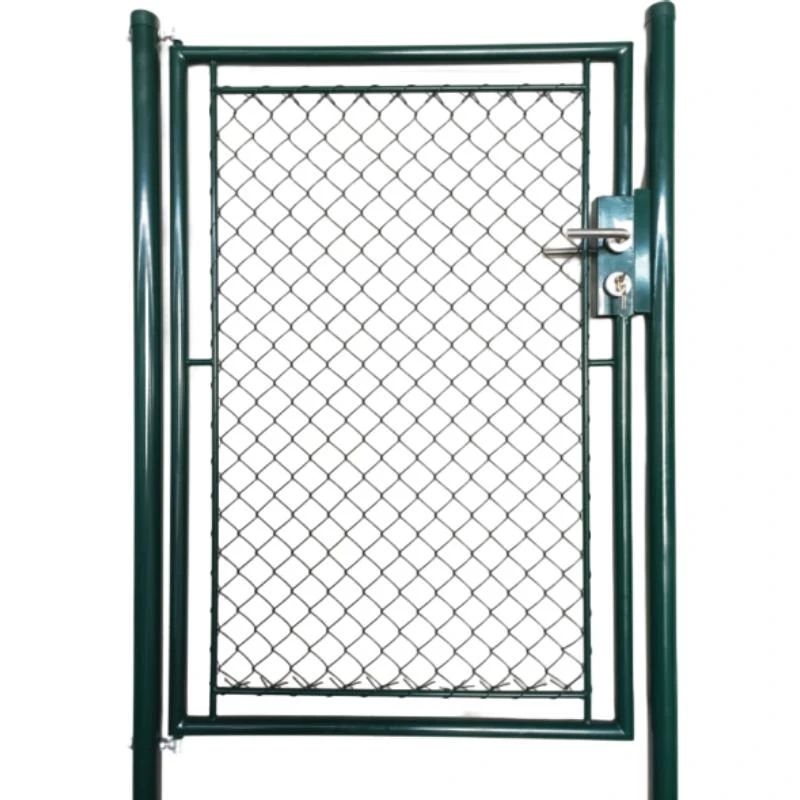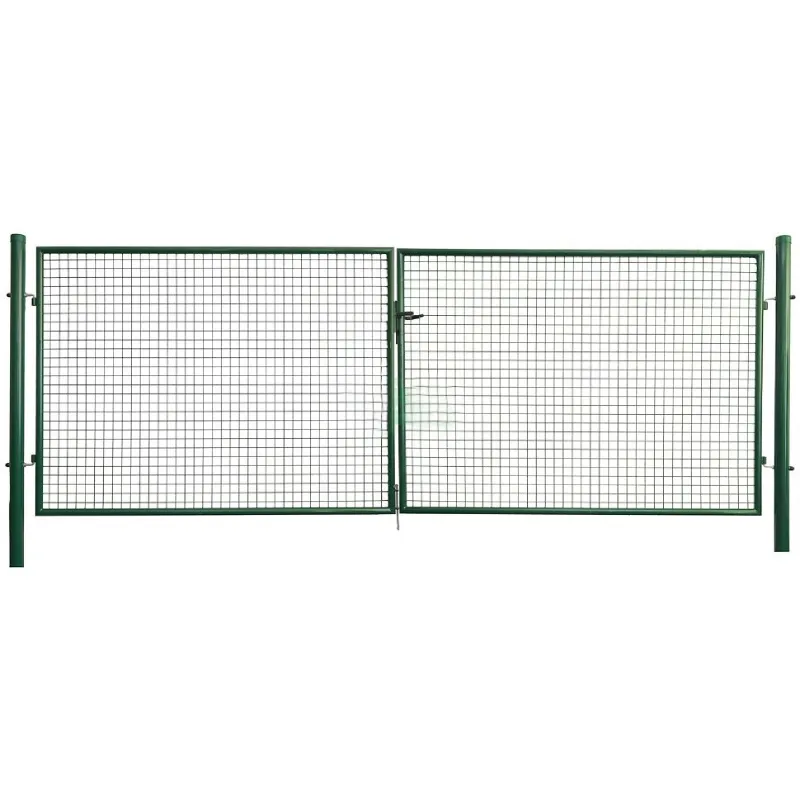-
Retpoŝto:zhao@hyliec.cn
-
Tel:+86 311 85273988
-
WhatsAPP:8613931128750
-
 afrikano
afrikano -
 albana
albana -
 Amhara
Amhara -
 la araba
la araba -
 la armena
la armena -
 Azerbajĝana
Azerbajĝana -
 eŭska
eŭska -
 Belarusian
Belarusian -
 bengala
bengala -
 bosnia
bosnia -
 bulgaro
bulgaro -
 kataluna
kataluna -
 Cebuano
Cebuano -
 korsika
korsika -
 kroata
kroata -
 ĉeĥa
ĉeĥa -
 dana
dana -
 nederlanda
nederlanda -
 la angla
la angla -
 Esperanto
Esperanto -
 estona
estona -
 finna
finna -
 franca
franca -
 frisa
frisa -
 galego
galego -
 kartvela
kartvela -
 germana
germana -
 greka
greka -
 Gujaratio
Gujaratio -
 Haitian Creole
Haitian Creole -
 hausa
hausa -
 havajano
havajano -
 la hebrea
la hebrea -
 Ne
Ne -
 Miao
Miao -
 hungara
hungara -
 islanda
islanda -
 igbo
igbo -
 indonezia
indonezia -
 irlandano
irlandano -
 itala
itala -
 Japanoj
Japanoj -
 la javano
la javano -
 Kannada
Kannada -
 kazaĥo
kazaĥo -
 ĥmeroj
ĥmeroj -
 Ruando
Ruando -
 korea
korea -
 kurda
kurda -
 Kirgizoj
Kirgizoj -
 TB
TB -
 la latina
la latina -
 latva
latva -
 litova
litova -
 luksemburga
luksemburga -
 makedona
makedona -
 Malgashi
Malgashi -
 malaja
malaja -
 la malajala
la malajala -
 malta
malta -
 maoria
maoria -
 Maratio
Maratio -
 mongola
mongola -
 Mjanmao
Mjanmao -
 nepala
nepala -
 norvega
norvega -
 norvega
norvega -
 okcitana
okcitana -
 Paŝto
Paŝto -
 la persa
la persa -
 pola
pola -
 portugala
portugala -
 panĝaba
panĝaba -
 rumana
rumana -
 rusa
rusa -
 samoano
samoano -
 Skotgaela
Skotgaela -
 serba
serba -
 la angla
la angla -
 Ŝona
Ŝona -
 Sinda
Sinda -
 Sinhala
Sinhala -
 la slovaka
la slovaka -
 sloveno
sloveno -
 Somalo
Somalo -
 hispana
hispana -
 Sundanese
Sundanese -
 Svahila
Svahila -
 sveda
sveda -
 la tagaloga
la tagaloga -
 taĝiko
taĝiko -
 la tamila
la tamila -
 tataro
tataro -
 la telugua
la telugua -
 tajlanda
tajlanda -
 Turka
Turka -
 turkmenoj
turkmenoj -
 ukraina
ukraina -
 Urdu
Urdu -
 ujgura
ujgura -
 uzbeko
uzbeko -
 vjetnama
vjetnama -
 kimra lingvo
kimra lingvo -
 Helpu
Helpu -
 jida
jida -
 joruboj
joruboj -
 la zulua
la zulua
Ĝardenaj Pordegoj
Cheap Garden Gates For Sale
You can find cheap garden gates for sale at various home improvement stores, online retailers, and local hardware shops. Consider looking for sales, clearance items, or second-hand options to find affordable garden gates that meet your needs. Additionally, exploring different types and sizes can help you find cost-effective solutions for your garden gate. Be sure to compare prices, quality, and reviews to make an informed decision.
Garden Gate Construction
1. Planning: Determine the location and dimensions of the gate, considering the width of the pathway or opening. Decide on the type of gate, such as a single or double gate, and the materials to be used.
2. Materials: Select the appropriate types and sizes for the gate, such as round tube gates or square tube gates, single wing gates or double wings gates, ensure to meet requirements of maximum.
3. Frame assembly: Construct the frame of the gate using the chosen types and sizes . This may involve cutting and assembling the frame pieces, ensuring that they are square and level.
4. Adding infill: Depending on the design, add infill materials such as pickets, panels, or mesh to the gate frame. Secure the infill materials to the frame using appropriate fasteners.
5. Hardware installation: Install hinges, latches, and any additional hardware required for the gate to function properly. Ensure that the hardware is durable and suitable for outdoor use.
6. Finishing touches: Sand the gate to smooth any rough edges and apply a protective finish or paint to enhance its durability and appearance.
7. Installation: Once the gate is constructed, install it in the desired location, ensuring that it swings freely and latches securely.
It's important to follow any local building codes or regulations when constructing a garden gate, especially if it will be used as a boundary or security feature. If you're unsure about the construction process, consider consulting with a professional or seeking guidance from experienced individuals.





